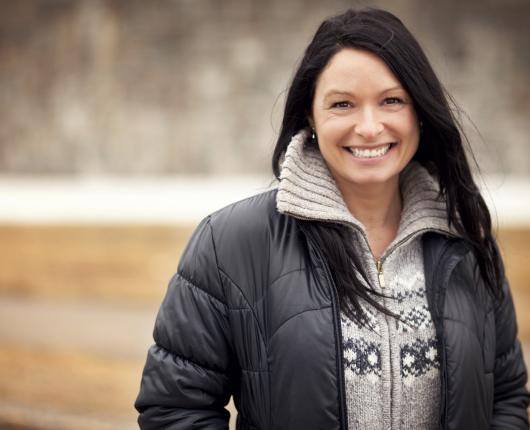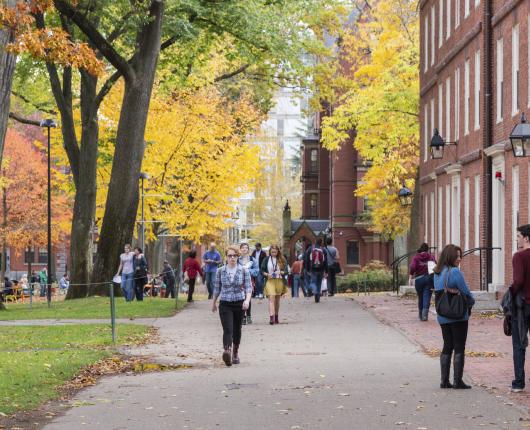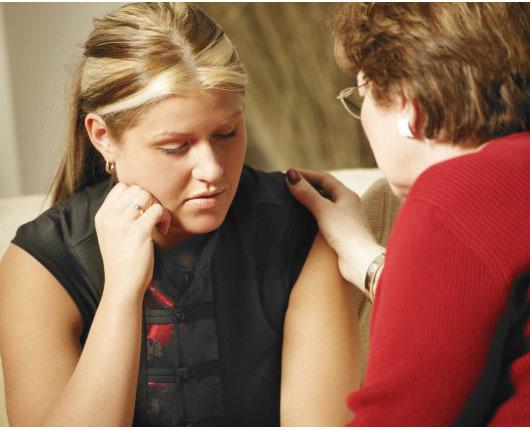We all have a role to play. Together, we can save lives.
Effective prevention starts with you.
Featured Resources
Director's Corner

SPRC Resource

Resources to Support Mental Health and Coping with the Coronavirus (COVID-19)
SPRC has compiled a selection of web pages and information sheets on mental health and coping with the effects of COVID-19.
SPRC Resource

Building State and Local Funding in Colorado
This five-minute story describes how Colorado leveraged existing infrastructure and champions to fund state and community efforts.Effective suicide prevention requires multiple approaches.
Resources and Programs
Find programs, toolkits, fact sheets, and other resources to help you take effective action.
Trainings
Build knowledge and skills with our in-person trainings, webinars, and online courses.
State Activities
Learn about suicide prevention programs, grants, contacts, and legislation.
View activity by state:
SAMHSA GLS, NSSP & Zero Suicide Grantees
Find out what state, tribal, and campus grantees are doing to prevent suicide.
Stay Connected!
The Weekly Spark
Suicide prevention
takes place in many settings
Suicide prevention
takes place in many settings











